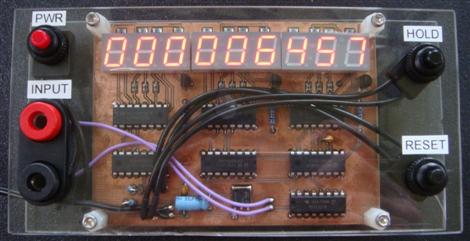[youtube=http://www.youtube.com/watch?v=bI06lujiD7E]
We’ve seen several different balancing bot styles over the past few years, but this one is new to us. The BallP, short for Ball inverted Pendulum, balances on top of a ball. We’re not sure what the advantages are to this layout though. Anyone care to enlighten us? Even though we hadn’t seen this style, it is apparently not new. The Ballbot has been around for a while and might seem even more impressive visually.
















